
HORROR
MOVIES
American cinema took on a new life in the 1970s. Artistically ambitious and challenging films burst into the mainstream. Films such as Easy Rider, The Last Picture Show, Taxi Driver, and Dog Day Afternoon defined an era of American filmmaking and left a lasting mark on the popular imagination. Integrating European cinematic sensibilities while retaining a classic American form, the films of the era reflected the dark and pessimistic undertones of American culture and society.
Previously only seen as entertainment value, American film transitioned into a serious art form that reflected and commented on the growing chaos of the world. The New Hollywood ushered in an era when filmmakers could experiment in filmmaking that delved into the underbelly of the human condition.


This new style of pessimistic cultural commentary in filmmaking lent itself perfectly to horror films. The bold directors of the New Hollywood age elevated the horror genre with idiosyncratic and visually spectacular cinematic experiences. This kind of high praise for the genre may seem like a departure from the popular conception of most post 1980s horror films, and it is.
Popular horror films of our time are often formulaic films that rely on gore, acoustic surprise, and cheap camera tricks to hold the viewers’ attention. Films of this mold are cheap and watered down versions of the horror film archetype that directors like Carpenter, Kubrick, and De Palma created.

We have selected four of our favourite films that serve as an example of what can be made possible through horror cinema. Film is often a projection of our dreams; they sell visions, desires, fantasies of all kinds. But some of our dreams are dark, some of our thoughts are twisted, depraved and immoral – this is where horror movies can satisfy the parts of ourselves we do not often explore. Perhaps what horror movies illustrate so poignantly is that there is a beauty to be found in everything, even suffering.

"CARRIE"
The opening scene of Brian De Palma’s Carrie is one of the most memorable in both film and horror history. The title character has her first menstrual cycle in her high school gym class, as her peers chant at her to “PLUG IT UP!!” In a scene that spans several minutes, a seemingly endless number of tampons are hurled at her in the blood-drenched showers. Creating a scene of a quality just as subtly erotic as it is terrifying, De Palma introduces the campy, less than serious undertone that defines the film.

The film centres around Carrie’s descent into madness as her supernatural powers reveal themselves slowly throughout the narrative. With Carrie, De Palma created many of the conventions and future clichés of the genre, all while employing his signature use of split screens, long shots that encircle characters at dizzying speeds, dreamlike and hazy settings, and slow motion.
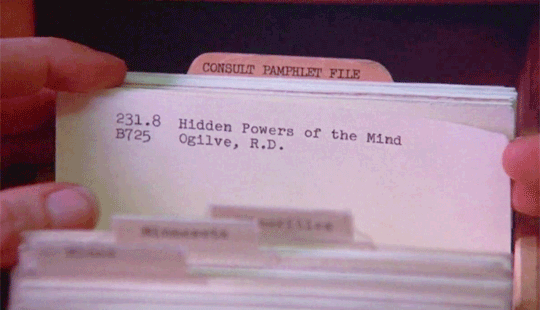


Carrie centres around Carrie’s telekinetic ability. This aspect of Carrie’s personality is deeply symbolic, as it functions as an extension of her emotions. Her feelings become her actions, and they only erupt she becomes more and more emotive.
Despite this seemingly familiar storyline, Carrie isn’t a horror production line stereotype, like so many teen horror stars that followed her. She is instead a shy, beautiful, complicated high school senior who is eminently recognizable as a young women.
De Palma’s Carrie is an observant human portrait of the cruelty of youth and teen angst, hidden within the structure of a bold New Hollywood horror film. The message of Carrie – that darkness lives in all of us – would reverberate throughout the genre for years to come.

"THE SHINING"
Building on De Palma, perhaps the best way to preface Kubrick’s adaptation of Stephen King’s novel “The Shining” is with his famous quote from a Playboy Interview: “There is something inherently wrong with the human personality. There’s an evil side to it. One of the things that horror stories can do is to show us the archetypes of the unconscious; we can see the dark side without having to confront it directly.” King is a humanist, and Kubrick was an amused nihilist; these differences in their worldview were evident in their two versions of the Shining.


"One of the things that horror stories can do is to show us the archetypes of the unconscious; we can see the dark side without having to confront it directly"
The Shining has a fundamentally epic quality to it, from the set to the gripping performance of Jack Nicholson. A spellbinding performance by Nicholson leaves the viewer enthralled; few actors have ever truly touched real insanity in such a larger than life way than Nicholson in the Shining. Kubrick contrasts this performance with the most expensive set ever built at the time.
The hotel that the Shining is set in was a supposed composite of all the American hotels set designer Roy Walker visited during his research. Kubrick takes this expressly average and banal setting and confines us within it, creating a palpable sense of the gradually accelerating claustrophobia. After all, the horror genre relies on creating a tense atmosphere of anxiety, making us loath to continue watching, but unable to leave.

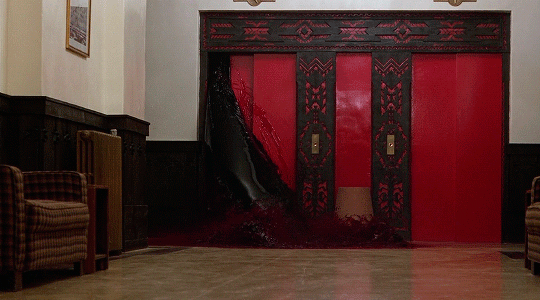


The cold, detached, and frightening film challenges the viewer to decide who is the reliable viewer within the film, and whose versions of reality we can trust. It is the ambiguous, open-ended nature of the film that makes Kubrick’s film as deeply disturbing as it does enthralling.
Man as a murderer throughout time, the maddening life of the artist, and the loneliness that lives in all of us are just a few themes that Kubrick ruminates on in The Shining. Evil, to Kubrick, is a fundamentally timeless quality.

"THEY LIVE"
The Shining and Carrie remain timeless because they project aspects of the human condition that continue to connect with viewers regardless of a specific context. Others, like John Carpenter’s They Live, are timeless because the world they depict has failed to change. Made in 1988 at the height of Reagan era America, Carpenter described his film as “a documentary on what is going on now.”
Told through the lens of a genre film, Carpenter tells a tale of the discontents of both the conservative revolution and the obsession with greed that emerged under Reagan’s presidency. They Live was a political statement that reflected on the values of the time it was made in, and it still stands as an intelligent tract on media manipulation, consumerism, and unrestrained capitalism.



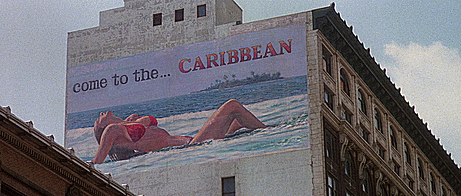
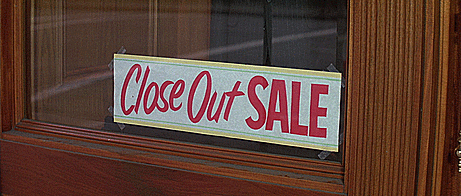
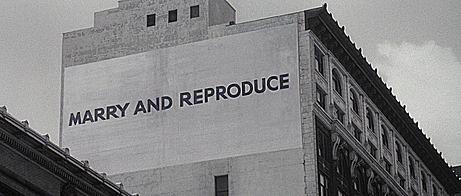
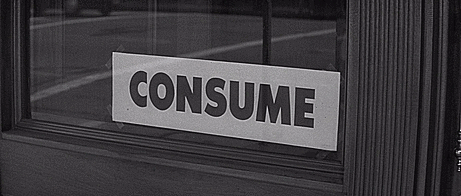
The central thesis of They Live is that is not our reality that enslaves us – it is ideology. They Live follows the life of John Nada, which literally means ‘John Nothing.” A true subject and a blank slate, John Nada is a homeless worker who finds a box full of strange sunglasses in an abandoned church.
He puts them on, and he discovers that the glasses function render the dominant ideology of the system transparent, presenting their messages in a drab, lifeless grey scale font. They allow John Nada to see the real messages that lie behind the everyday advertising images that are revealed to be selling little more than propaganda, fantasy, and fakeness.
Carpenter shows how difficult it is to realize your potential, to live a satisfying life inside an invisible power structure. When the sunglasses are on John Nada, he sees the dictatorships in democracy and the order that sustains his so-called ‘freedom.’ Humanity is already under the control of the metaphorical aliens Carpenter uses in his narrative – people so removed for society, they might as well be from a different planet.
While deeply pessimistic, Carpenter uses the premise of a horror film to create a scathing critique of the oppression of the age of greed. He forces the viewer to think outside the confines of repressive ideological control.


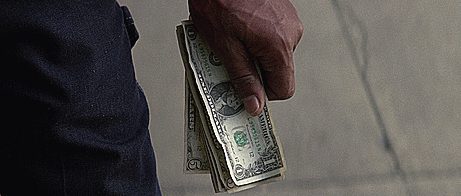

"THE INVITATION"
Karyn Kusama’s The Invitation is a slow burning, and effective horror thriller. Kusama’s film is nuanced, visually commanding, and consistently original and interesting throughout the narrative. Set in Los Angeles, the film follows a reunion of former lovers and friends, some of whom who have joined a cult with a cryptic purpose.
Danger and fear are brilliantly communicated through visual and acoustic storytelling throughout the film, and the last 15 minutes contain some of the most actively terrifying sequences of any film in the last decade. The darkness that Kusama constructs is just as haunting as it is beautiful and undeniably alluring. Beauty, as Kusama illustrates, can be a weapon and a trap in and of itself.

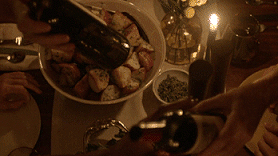
The Invitation is more relevant than ever in our age of uncertainty and flux, and horror films of this ilk serve as a cultural mirror of society’s fears and nightmares. Scripted into the film are a sense of profound realism and intensely relatable and recognizable characters of the film.
The fights friends have, the conversations, and passionate arguments about philosophies they want others to subscribe to seem completely surreally accurate in our age of divisiveness.


Kusama’s film is a reminder that there is much to be gained- artistically, socially and culturally - by allowing perversion that was permissible in the 1970s to enter the fray of mainstream film once again.
Shunning and denying the darker aspects of human nature will only serve to further the fissures in our society into full blown divides. There is much to be gained, artistically, socially and culturally, by allowing perversion and depravity that was permissible in the 1970s – especially within the horror genre – to be foregrounded once again.
The popularity of the horror film goes way up in the times of political and social strife. The settings and the events of our era are undeniably different from that of the New Hollywood, but human nature is not. Hollywood has been the manufacturer of our dreams and imagination since the 1920s; but as the world around us changes, those collective dreams translate themselves on the screen as our collective nightmares.
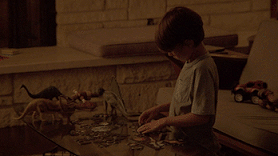
Recommended For You

